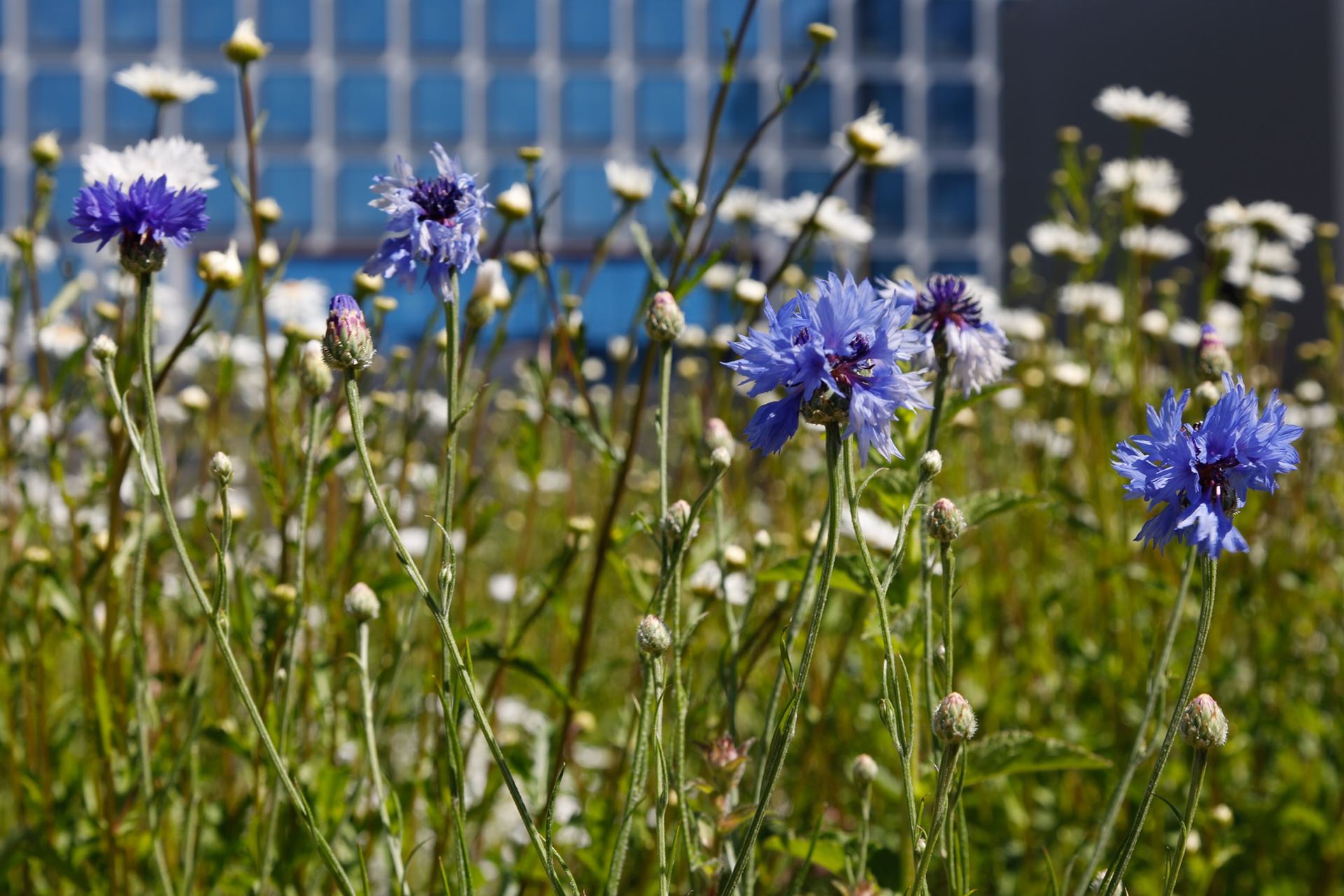Safeguarding biodiversity

We aim to protect biodiversity through our actions.
Biological diversity, or biodiversity, means the variety of all forms of life: genetic variation within species, the abundance of species and the diversity of their habitats. In our urban development and operations, we take into account the preservation of biodiversity and aim to safeguard the whole spectrum of living nature.
Cities play an important role in maintaining biodiversity and different species. Urban development contributes to the impacts on biodiversity, the preservation of which requires practical action and the creation of green structures. Our operations take into account the prerequisites of sustainable environmental construction and we listen to the needs of our stakeholders in preserving biodiversity.
Our approach
Through our actions, we can prevent the loss of biodiversity. During the construction process, it is possible to carry out activities that improve and save the environment by paying attention to the activities already at the planning stage.
Below are some examples of what we do:
Did you know?
Conservation of biodiversity can be measured by using the green factor tool in the planning. It can also ensure the preservation of different green spaces when cities become denser. The use of the tool can affect, for example, the amount of new and preserved vegetation.
SDG Goals




